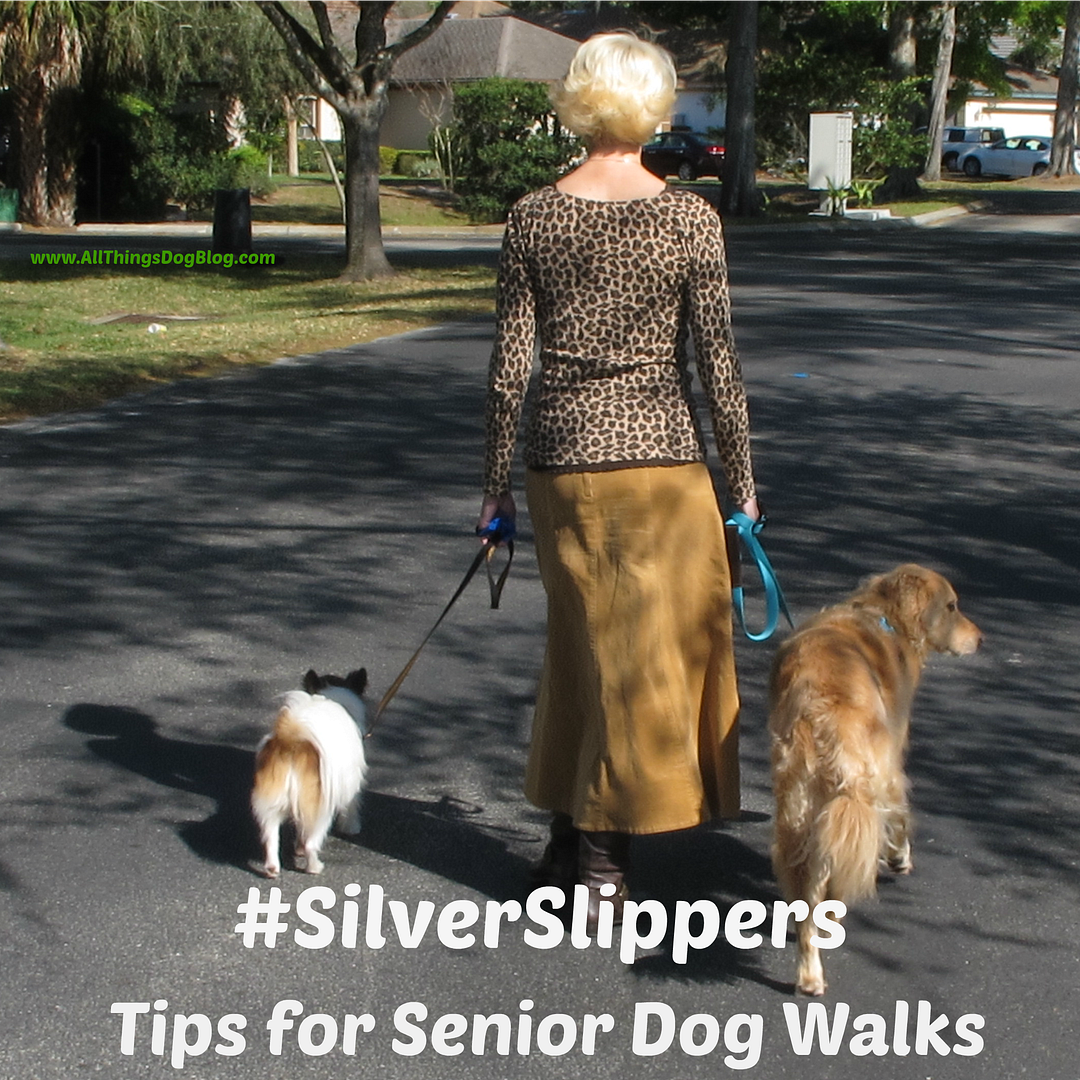(c) Carrie Boyko
Oliver's First Day Home
I read a lot of tearjerker adoption stories. There seem to be some parallels--lessons that ring true in many of the failed adoptions I hear about. Here's a few tips to help you make the right choice:- Start by doing a family analysis. How much time, energy, and people are available to help with walking and training a new dog or puppy EVERY DAY?
- Are there other dogs in the family? If so, consider the breeds, ages and health of each to decide if another pack member is appropriate.
- Ask yourself honestly if you can you afford to feed, train, and give proper healthcare to a new companion?
- Do you look forward to a pet that you can involve in your activities, or one that will simply greet you at the door and then stay out of the way? If the latter is your honest answer, think about a cat or fish.
- If you're sure you can cover an hour of daily walking and training, then move on to breed selection. Do your research and pick a breed that matches the energy of your family. If you're a family that dreams of agility classes, long walks and weekend hikes in the woods, then perhaps you can handle a higher energy dog. On the other hand, if you were hoping for more of a lap dog and cuddler, you'll be going in a very different direction. Don't be tugged by the look of the dog; all puppies are cute. The breed or breeds in the mix, and their temperaments, are more important than anything to your choice, and its success.
- Keep in mind that size has nothing to do with energy level or the breed's instinctual skills, but these factors will affect who can safely walk the dog. If you choose an English Mastiff, your 6 year old will have to wait a few years to have her turn--maybe never. Perhaps a Chihuahua will be an option for her, as long as you teach her the right way. Most importantly, be realistic. Once the honeymoon is over, you are likely to be the one walking the dog. Be sure you're up to the task.
- If you select a larger breed, consider the additional cost of food, a larger crate, and more treats to be a part of the package. Is this all in your budget?
- Keep in mind also that, small or large, this dog will need to go to training classes to learn proper manners. For best results, the entire family should participate. Consistency in training and rules will make the difference between an unruly terror and a pleasant house pet.
- Steer clear of puppy stores; they often are associated with puppy mills and their animals have a reputation for health problems. When you have selected a puppy or dog from either a reputable breeder or rescue group, Humane Society, etc., revisit the same pup at least twice to see if its behavior is different.
- Don't dismiss crate training because you see a crate as a cage. Dogs are den animals by nature. In the wild, they often dig a tunnel under the earth, with a small den at the end. Your dog, if trained properly will find his crate to be a safe haven for years to come. In the meantime, it will serve as the medium for housetraining a new dog. Dogs instinctively avoid soiling or wetting their sleeping area, so crates help you to teach them how to 'hold it' until you come home. For more help in this area, read ASK THE DOG TRAINER: Why Crate Train Your Dog?
- Select a location for the puppy's crate that is out of walkways, yet in the family's 'hangout' area. During training, you will need to use the crate often, to assure he is learning to hold his bladder. You will also want him to become accustomed to spending some time there, while you are busy with other things--company, a shower, phone calls, errands, etc. Having his crate close by will assist with his adjustment.
- Many new dog owners are not aware that changing a dog's food suddenly will likely cause diarrhea and stomach upset. Choose a quality food for your pup, getting advice from your veterinarian. You'll also need to purchase a small bag of the food he has been eating, when you pick him up. Gradually mix your new food into it, a little more each day, until he is eating just your new choice in a week or two.
- Take your new companion to a local, well-recommended veterinarian as soon as possible to get a checkup and keep his vaccinations current. Be sure to ask questions and learn about his healthcare needs. Which vaccinations are required by law, which are simply suggested, and which will save their lives? Establish a tentative date to get him spayed or neutered, to assure there are no more homeless puppies brought into the world. We are already over-populated with them. Ask about your options for flea and tick control, as well as heart worm prevention. These are health issues that must be cared for monthly, or at least regularly, unlike the annual vaccinations that many vets will recommend.
- Have a plan for socializing your new puppy with people and other friendly dogs. He should have these experiences early to assure he learns how to greet properly. Dogs sniff each other to greet. This is natural and you'll need to get used to it. It's natural to them, if exposed early. Whether you simply walk in a dog-friendly area, visit your local pet supply store, or decide to jump right into dog park action, be sure he gets plenty of socialization practice. I highly recommend you read up on dog parks and understand what to expect and how to behave: Guidelines for First Time Dog Park Visitors is a good place to start.
- Establish family rules for the puppy, such as which rooms he is allowed in, whether he may get on furniture or laps, and so on. If he sees you as the boss, he'll respect you more and be a better pet.
- Start leash training ASAP, keeping in mind one rule: You are the leader. The leader walks ahead through the doorway and leads the walk. When you see people being dragged down the street by their dog, you'll know who the boss is in their house, right?
You can bet that one of my three dogs has an opinion on some of this. Check out their thoughts on this information at 5 Minutes for Fido.
Start looking for your new companion right here:
Help protect our precious dog parks
© Carrie Boyko, all rights reservedFollow All Things Dog at Twitter Find me at Facebook

© copyright Carrie Boyko, all rights reserved
Bookmark this on Delicious






































0 comments:
Post a Comment